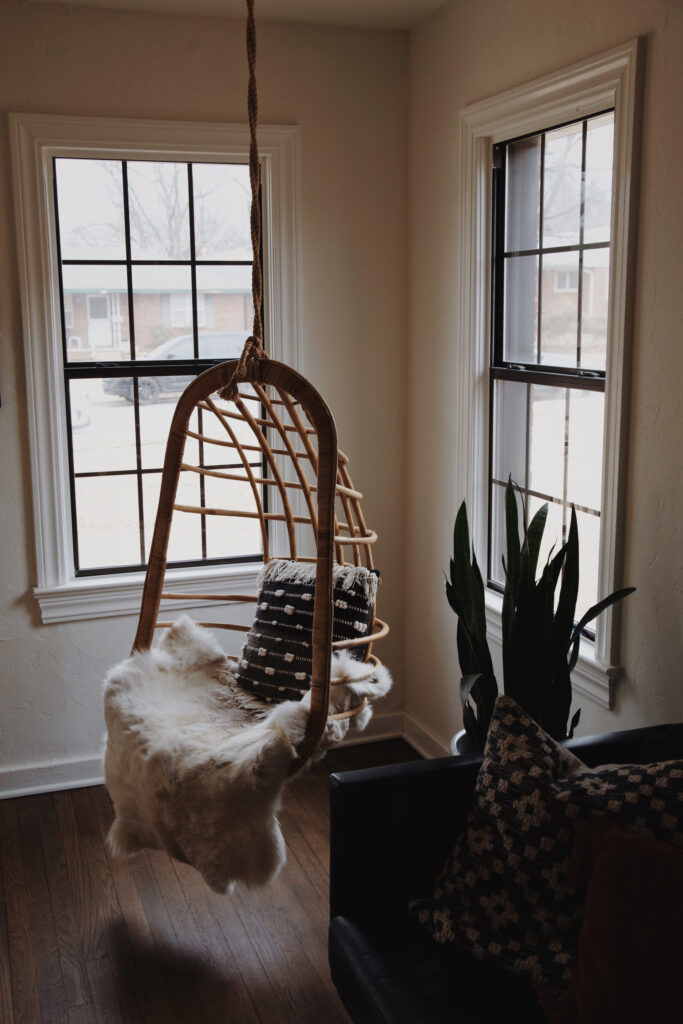What is Interior Design?
Interior design is the process of planning and designing the interiors of a building or space. It involves the careful selection of colors, furniture, lighting, materials, and decor to enhance the functionality and beauty of the space. Interior designers aim to create an environment that not only looks good but also supports the lifestyle and needs of its inhabitants.
The Importance of Interior Design
1. Enhances Aesthetic Appeal
A well-designed interior is visually pleasing, creating an atmosphere that invites comfort and relaxation. Whether it’s the cozy feel of a living room or the professional yet stylish ambiance of an office, the right design elevates the overall aesthetic of the space.
2. Increases Functionality
Good interior design goes beyond just looking great; it also considers how the space will be used. It optimizes layout, flow, and usability to ensure every inch is utilized effectively. For example, multi-functional furniture or a thoughtful floor plan can make even small spaces feel spacious and practical.
3. Boosts Mood and Productivity
The right interior design can impact our emotions, energy, and productivity. Research shows that well-designed spaces contribute to reduced stress, improved concentration, and increased overall well-being. Thoughtful design choices like proper lighting, soothing color schemes, and ergonomic furniture can make a world of difference.
4. Increases Property Value
A professionally designed home or office can increase the market value of a property. Potential buyers or tenants are often drawn to spaces that have been aesthetically and functionally improved, making it a valuable investment in the long term.
Key Principles of Interior Design
1. Balance
Balance in design refers to the equal distribution of visual weight within a space. This can be achieved through symmetry, asymmetry, or radial balance. A balanced space feels stable and harmonious, with elements that complement each other and create a pleasing composition.
2. Contrast
Contrast is the use of different colors, textures, and materials to create visual interest. Combining contrasting elements (such as light and dark, soft and hard, or modern and traditional) can help highlight key features in the room and create a dynamic and exciting environment.
3. Unity
Unity ensures that all design elements in a space work together to create a cohesive and harmonious look. By using a consistent theme, color palette, or material finishes, you can create a sense of unity and flow throughout the space.
4. Proportion and Scale
Proportion and scale refer to the relationship between objects in a space and how their sizes relate to one another. Properly scaled furniture, artwork, and accessories will ensure that the space feels balanced and comfortable. For instance, oversized furniture in a small room can overwhelm the space, while tiny furniture in a large room can feel lost.
5. Rhythm
Rhythm in interior design is about creating a sense of movement through repetition, transition, or progression. It can be achieved through patterns, colors, or the arrangement of furniture. Rhythm helps guide the eye from one area of a room to another, creating a more dynamic and engaging atmosphere.

